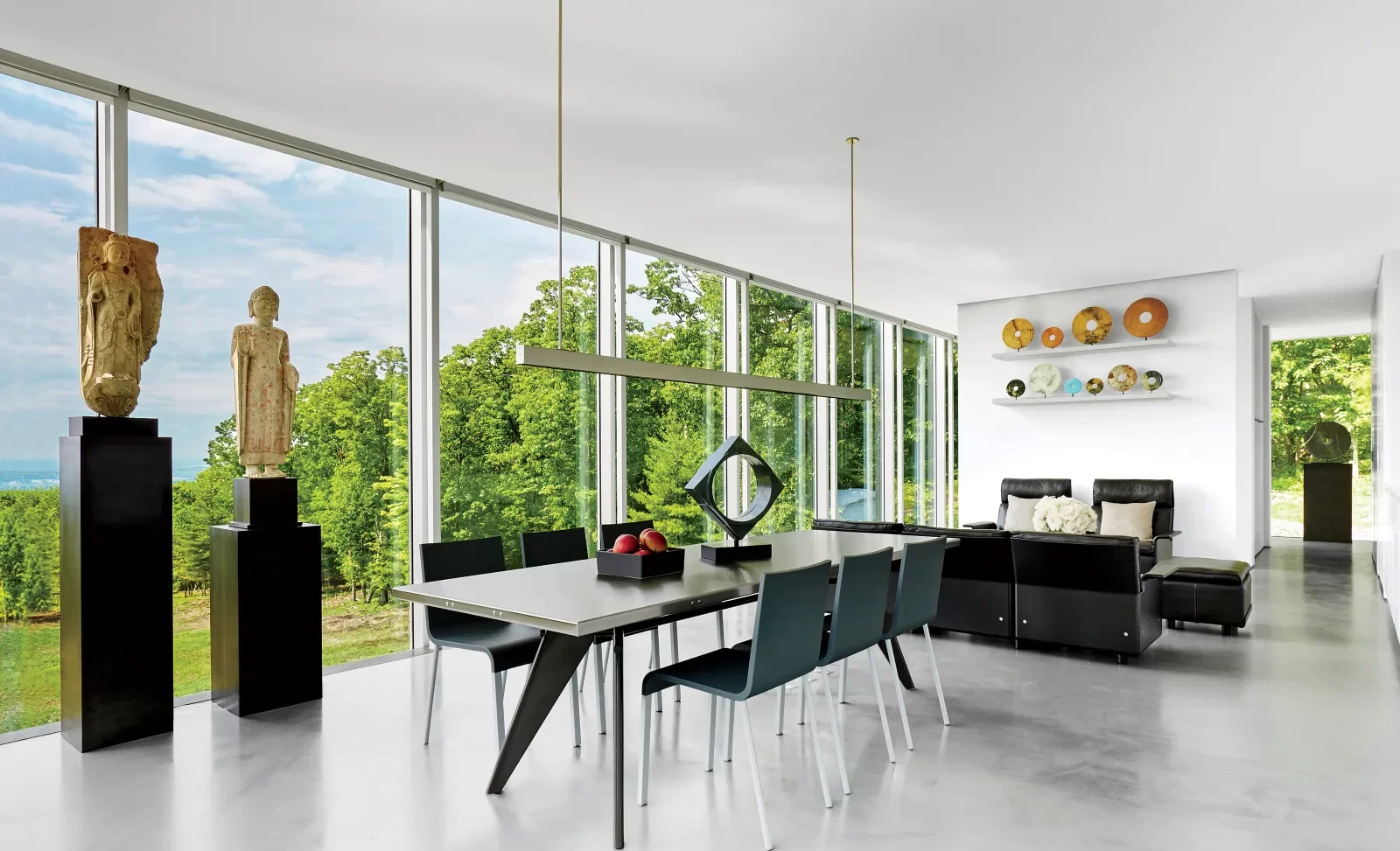Every building tells a story, a story embedded in its walls, a tale told by its makers. Such stories have been crafted through the intricate work of both architects and interior designers.
These people work in sync with each other to make the building and its interior spaces functional, enjoyable and attractive, as they create spaces in our surroundings that influence our psychology and well-being.
Since both architects and interior designers have a similar work portfolio that includes design, people often confuse these overlapping professions.
For example, an architect designs the structure of a building, while an interior designer designs what goes on inside the building.
Hence, before delving into any of these professions, you should know the differences between them. I will take you through all these differences one by one, and also discuss how you can pursue a career in either field.

What are the main differences between architecture and interior design?
The two professions differ based on their training, what they focus on, and what they design, as follows:
What they design – Architects design buildings, while interior designers design building interiors,
Which includes furniture, fixtures and other accessories to create the desired look and function of the spaces within the building.
What they are trained to do –
An architect is trained to create a structural building that meets national, state, and local building codes.
The interior designer is trained to create a functional and high-quality interior environment.
Requirements they focus on – Architects focus more on technical requirements like form, materials, climate, lighting, ventilation, flooring, etc.,

For example, interior designers design hospital rooms that affect the patient’s psychology and promote faster recovery, such as soothing/healing colors, light in the room, movement, adequate windows and scenic views, etc. Likewise, they design spaces that encourage better learning in educational settings.
See More: Contemporary rustic blending heritage and modernity
